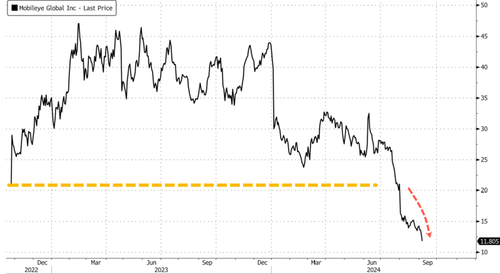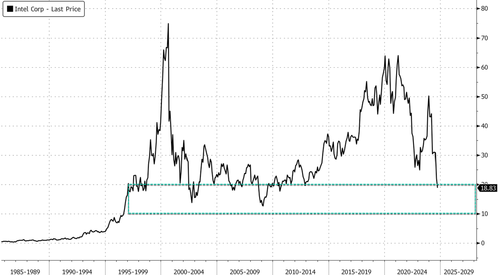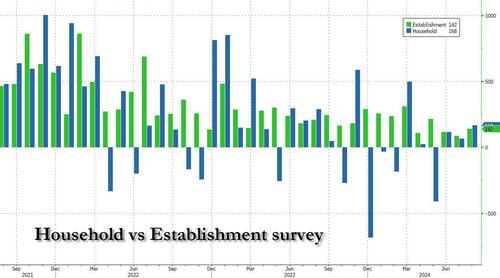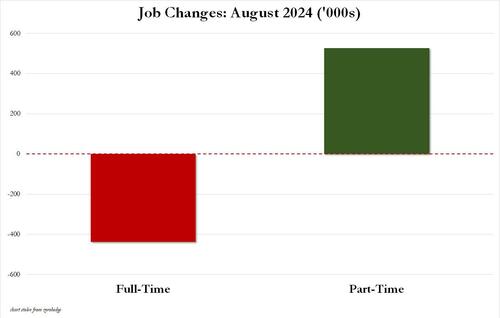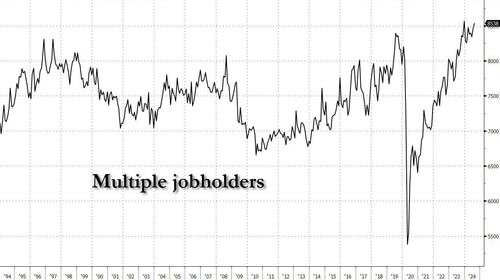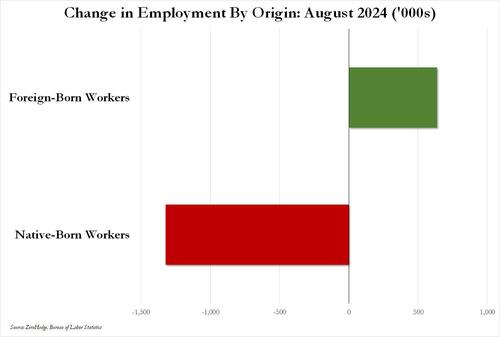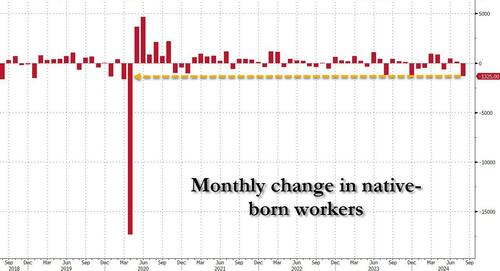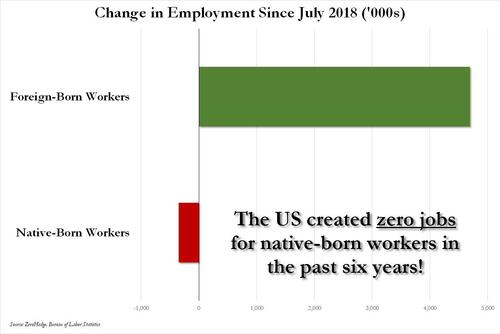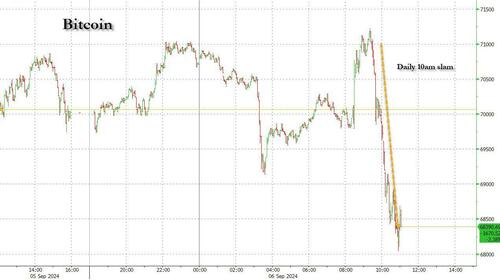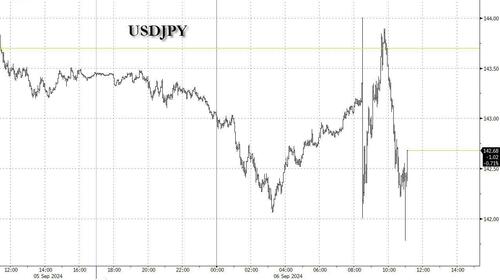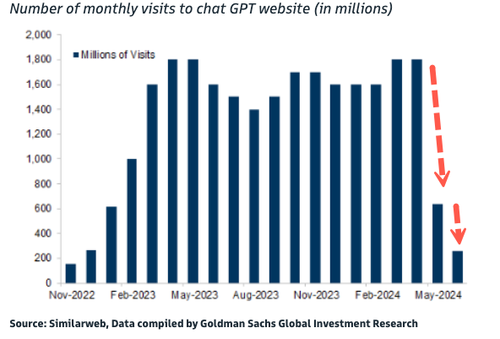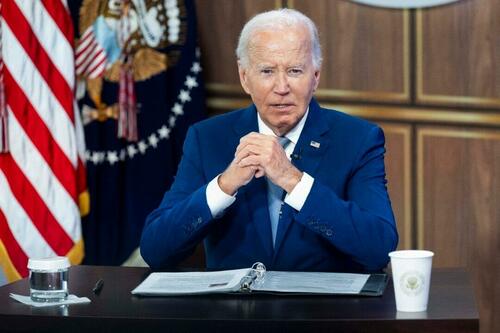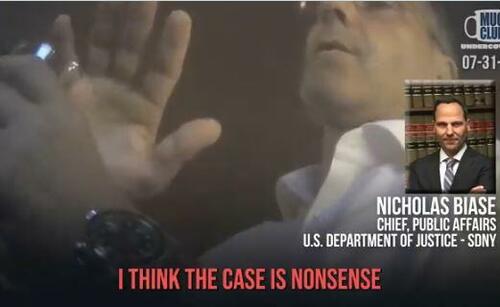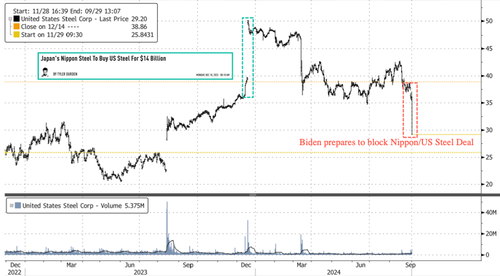It’s been three years since the guy with five decades of experience ordered his top military generals, against their advice, to rush their withdrawal out of Afghanistan.
So in their haste to comply with the boss’s orders, the US military abandoned billions of dollars worth of equipment— aircraft, guns, tanks— and left it behind for their sworn enemy the Taliban.
This made their oppressive regime even stronger, and the Taliban did not hesitate to use the abandoned weaponry against their own people.
To make matters worse, as we discussed last week, the US State Department also inadvertently gave hundreds of millions of dollars worth of foreign aid to the Taliban. Talk about clownish incompetence.
Naturally no one has lost his/her job over ANY of this. There was no accountability. And no one in the Biden administration seemed remotely fussed about the implications of equipping and enriching one of America’s biggest adversaries. Literally ZERO national security concerns.
But do you know what IS a national security concern?
Japan.
More specifically, the administration is throwing a fit over a Japanese steel company— Nippon Steel— trying to buy its American counterpart— US Steel. And the President is trying to kill the deal over “national security concerns”.
Just a reminder for anyone who hasn’t kept up with global affairs since 1945— but Japan is one of America’s staunchest allies… which is saying a lot for a country who was the world’s first and only victim of a nuclear strike.
Nippon Steel is Japan’s largest steel producer. And like US Steel, they’re also desperately trying to fend off Chinese competitors.
The thing to understand about the steel industry is that it’s a global commodity… which means that low-cost producers have a major advantage. Chinese steel producers have this advantage— they can produce steel efficiently and inexpensively, in large part because wages are much lower in China… and the Chinese firms don’t have to deal with labor unions.
(Not to mention the Chinese government also violates international trade rules by illegally subsidizing their steel industry. Shocker! China doesn’t follow the rules!)
Steel companies in the US and Japan both understand this. They know their Chinese competitors have an advantage.
So in order to stay competitive, US and Nippon Steel decided to combine forces via an acquisition. By becoming bigger, they stand a better chance to compete; they can cut costs, increase efficiencies, and increase market share to better compete with China.
And as part of the deal, Nippon Steel agreed to invest $2.7 billion of foreign capital into steel factories in Pittsburgh, Pennsylvania.
Yes, the very same Pennsylvania that is part of the United States.
But, again, this is apparently a major national security concern to the Biden people. Giving the Taliban military hardware is no big deal. But Japan investing billions into Pennsylvania steel mills? WE MUST STOP THIS DEAL AT ALL COSTS.
Of course, the actual reason for blocking the merger has nothing to do with national security.
Instead, a friend of the Biden Administration is the CEO of another US steel company, Cleveland Cliffs, which put in a rival bid to buy US Steel at roughly HALF of Nippon’s offer.
It should be obvious— the better offer should win.
But this Cleveland Cliffs CEO is a hardcore union guy. So the Biden administration loves him. And he’s calling in all of his political favors to get the Nippon deal blocked so that he can scoop up US Steel at a big discount.
He’s leading the charge with this ridiculous national security threat. I mean, the guy actually said that “Japan is not a friend,” of the US— which should come as a major surprise to countless Japanese diplomats and businessmen who work closely with the US.
According to reports within the Biden administration, the Nippon Steel deal is as good as dead… which means that Cleveland Cliffs will likely be able to take over and create an actual steel monopoly in the United States.
Where is Lina “Genghis” Khan, i.e. the head of the FTC, when you need her? She’s out prosecuting every company she can find— most recently two grocery store chains that want to merge— because of “greed”.
This is literally the reason why the FTC was created in the first place a century ago— to prevent monopolies in the US.
But instead of preventing monopolies, the Biden people are helping to create one… while preventing Japan from investing billions into the state of Pennsylvania. All because of ‘national security”. It’s genius.
The sad part is that Joe Biden is far from alone. Kamala Harris is unsurprisingly on board with this idea.
But what’s really surprising is that Donald Trump and JD Vance are also against Nippon’s acquisition of US Steel.
Frankly it’s just nuts; Nippon is ready to invest billions in America to make its dilapidated steel industry more competitive. Yet politicians on both sides are against it.
This is a perfect example of how the world is moving farther away from the peace, prosperity, and free trade it once enjoyed.
For decades, free trade generated vast amounts of wealth for investors, kept prices low for consumers, and created jobs for the working class. Now we’re seeing a sprint in the opposite direction towards protectionism, isolation, conflict, and monopolies.
And it’s coming from both sides of the political aisle.
Look, I always acknowledge that America’s economic and debt problems are fixable. But it’s news like this that make me realize that I shouldn’t hold my breath for significant improvement.
The people in charge, or who may be prospectively in charge, do not appear to be willing to make the necessary changes.
When this kind of resistance comes from both political camps, it leads to one inevitable conclusion: a period of less prosperity, more debt, and higher inflation is coming. This isn’t a pessimistic view— it’s just a rational appraisal of the facts.
And that underpins the critical response from anyone who wants to protect or grow their wealth during such times: real assets, now more than ever, make a lot of sense as a hedge against this looming instability.
There is very little downside to owning some of the world’s most important resources like energy, food, and productive technology— all critical materials that cannot be simply conjured out of thin air by governments or central banks.
And the fact that many of these are selling at steep discounts makes this strategy worth a close look.
Source
from Schiff Sovereign https://ift.tt/B3pkt9E
via IFTTT
